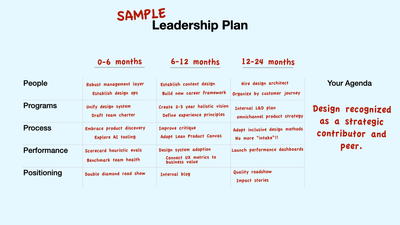The Craft(s) of Leadership: Communication and Information Architecture
Finding Our Way, the podcast Jesse and I conduct, is going on hiatus until about autumn. In our most recent episode, we reflect on the conversations we've had, and I thought I'd pull some key ideas from that, and dig into them here.
Perhaps the key tenet that emerged from the conversations in Finding Our Way is that "Leadership is relationship." Even more important than having a vision is knowing how to relate to all kinds of people, getting them excited about possibilities, getting them to believe in their own capabilities, encouraging them to break down barriers between one another to achieve good things, and providing guidance for smart decision-making towards the desirable outcome.
Communication
Healthy relationships are built upon the craft of communication. Yes, it's a craft, and one that you can develop and hone. The craft of communication encompasses
Spoken communication
Are you clear? Direct? Are you able to tailor your communication to the person(s) you're talking to? Do you speak with confidence?
Written communication
Given the myriad places we now write, it's crucial that you know how to shape what you write to suit the medium, the context (email vs chat vs document), the audience, and your message.
Presentation
Leaders often have to conduct 'one-to-many' communication, whether in a conference room with peers, reporting out to executives, or presenting at an all-hands. How presentations are shaped drive impact, so exploit narrative and storytelling techniques, build your argument, and provide a clear rationale.
Listening
Leaders sometimes forget that communication is two-way, particularly when practiced with the intent to build relationship. Being an active listener goes a long way to establishing bonds.
Presence
Perhaps inferred within the prior components, but I felt it worth calling out, even if only as a reminder to myself. How do you 'show up' when communicating? Do you appear engaged? Are you distracted? Do you hold people's gaze, or look away? Do you show confidence, and 'hold the room'? Be mindful of, and intentional with, your physicality when communicating.
Information architecture
It may seem peculiar to say that a UX/content practice like information architecture is part of the craft of leadership. The logic is:
if relationship is built on communication,
that communication is very much about information (particularly in the kind of distributed, often asynchronous, reality we have found ourselves in),
and in order for that communication/information to have impact,
it must be structured and presented in a way that makes it understandable and accessible.
Such intentionality about the shape of communication suggests an architectural frame.
When we discussed it on the podcast, Jesse extended this need for IA thinking:
[L]eaders are, of necessity, orchestrators of systems, and systems instantiate knowledge as information architecture within them. So, the IA that gets embedded and coded, baked into your systems, becomes the way that the organization understands the world. And so, it is on the leader to imbue, infuse, enrich that IA with as complex and nuanced and understanding as they possibly can.
For leaders, who seek influence and impact beyond themselves, communication is the means of wielding that influence. As such, every communication must be conducted with intent and consideration. It's exhausting, but it's just part of the deal.


Member discussion